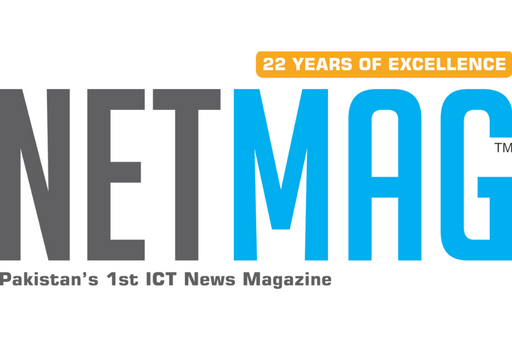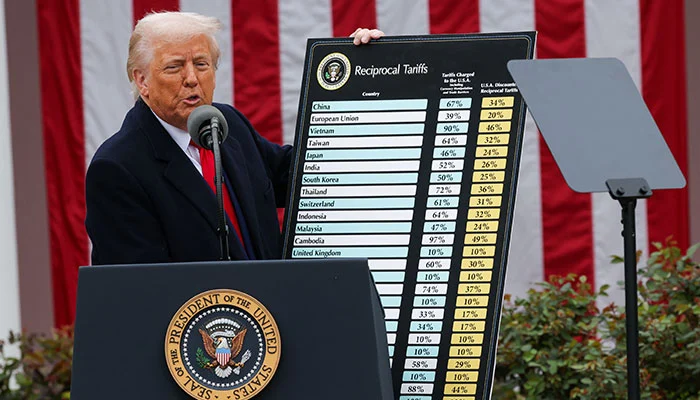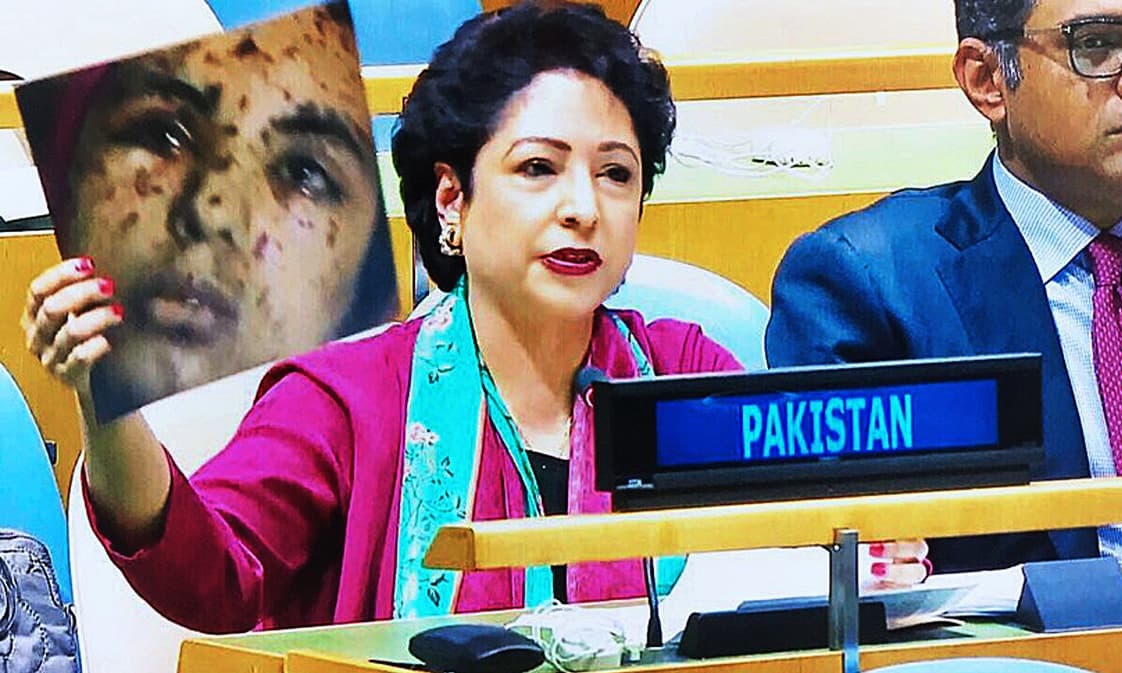Pakistan’s exports to the United States, which are valued at nearly $6 billion, are facing challenges after US President Donald Trump raised reciprocal tariffs on more than 180 countries. The tariff rate on Pakistan has been increased to 29%, a significant rise from the previous 4-5% concessionary duties under the Generalized System of Preferences (GSP).
This hike will make Pakistani goods more expensive for American consumers. However, Pakistan may still benefit relative to some of its Asian competitors. While countries like Vietnam (46%), Indonesia (32%), Cambodia (49%), China (54%), and Bangladesh (37%) face higher tariffs, Pakistan will have a cost advantage over these nations. On the other hand, Pakistan will be at a disadvantage compared to India (26%), Turkey (10%), and countries in Central America, including Jordan and Egypt (23%).
READ MORE: Gold Prices Hit Record High as Investors Seek Safe Haven Ahead of Trump’s Tariff Announcement
The overall impact will depend on how each country negotiates its terms, but a decline in sales to the US is expected across the board. Among the hardest-hit countries in Asia are Cambodia, Vietnam, and Myanmar, with rates as high as 49%, 47%, and 44% respectively. Lesotho, a small southern African country, recorded the highest rate at 50%.
Pakistan’s main exports to the US are textiles and clothing, which are likely to be most affected by the tariff increase. In 2023, Pakistan exported $5.01 billion worth of goods to the US, with textiles accounting for the largest share. Key categories include miscellaneous textiles ($3.87 billion), knit or crochet clothing ($785.8 million), leather clothing and accessories ($591.8 million), and cotton products ($1.03 billion). With the new 29% tariff, these products may struggle to stay competitive against lower-cost alternatives.
On a positive note, Pakistan has a relative advantage over peers like Vietnam, Bangladesh, and Sri Lanka, which face even higher tariffs. However, countries like Turkey and some Far Eastern nations could benefit from the disruptions if they can fill the gap in the American market.
Critics have claimed that Trump’s tariff calculations are flawed, alleging that the rates are based on an arbitrary formula rather than actual trade policies. For instance, the reported 64% tariff on Indonesia is inaccurate, and the tariff structure suggests Pakistan charges a 58% tariff on US imports, which led to the 29% duty imposed on Pakistani goods. Trump explained that the tariffs aim to charge countries “approximately half” of what they are charging the US.
Despite the challenges, there are opportunities for Pakistan. With Bangladesh facing even higher tariffs, Pakistan may retain a competitive edge in some product categories. However, much will depend on how quickly exporters adapt to the new tariff regime.
Pakistan may also explore alternative supply routes, including China and Iran, to mitigate the impact of Trump’s tariffs. More clarity on the situation will come in the weeks leading up to Pakistan’s federal budget for 2025-26.




